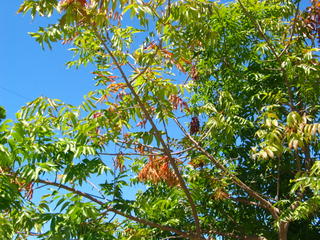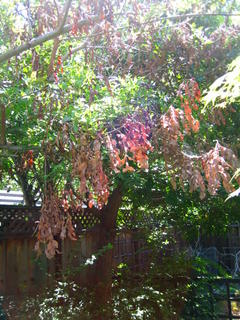Recently I read that the number of monarch butterflies migrating from North America down to Mexico has fallen an astonishing 75% -- even after 75% of their population already was lost to a freeze on their overwintering habitat in 2002.
Studies of why butterfly populations are declining indicate a complex web of causes including deforestation, climate change, and pesticides. Whatever the reasons, though, we each can still do small things to slow the decline.
The best way to attract adult butterflies is to plant a garden that includes the vital milkweed plus sunflowers, zinnias, marigolds, phlox, petunias, butterfly bush, black-eyed susans, lilies, cosmos and daisies. Even without such an intensive habitat in our yard, most of us can integrate a few of these plants -- and collectively create a butterfly garden that spans acres.
Perhaps the most important step you can take is to avoid using pesticides -- even "natural" ones such as Bacillus thurigenesis (B.t.) -- that kill indiscriminately. Always try the most benign and pest-specific solutions first: for instance, a sharp jet of water knocks aphids off of leaves and flower buds, and non-toxic oils of neem, garlic, mint or clove discourage ants, mosquitoes, leafhoppers and thrips.
And above all, appreciate the graceful acrobatics and fragile beauty of every monarch, anise swallowtail, and mourning cloak you see. Currently a spectacular migration of painted ladies is making its way through the Bay Area; taking the time to notice them will create a warm place in your heart that will endure long after the last butterfly has fluttered by.
[Update: there are quite a few



